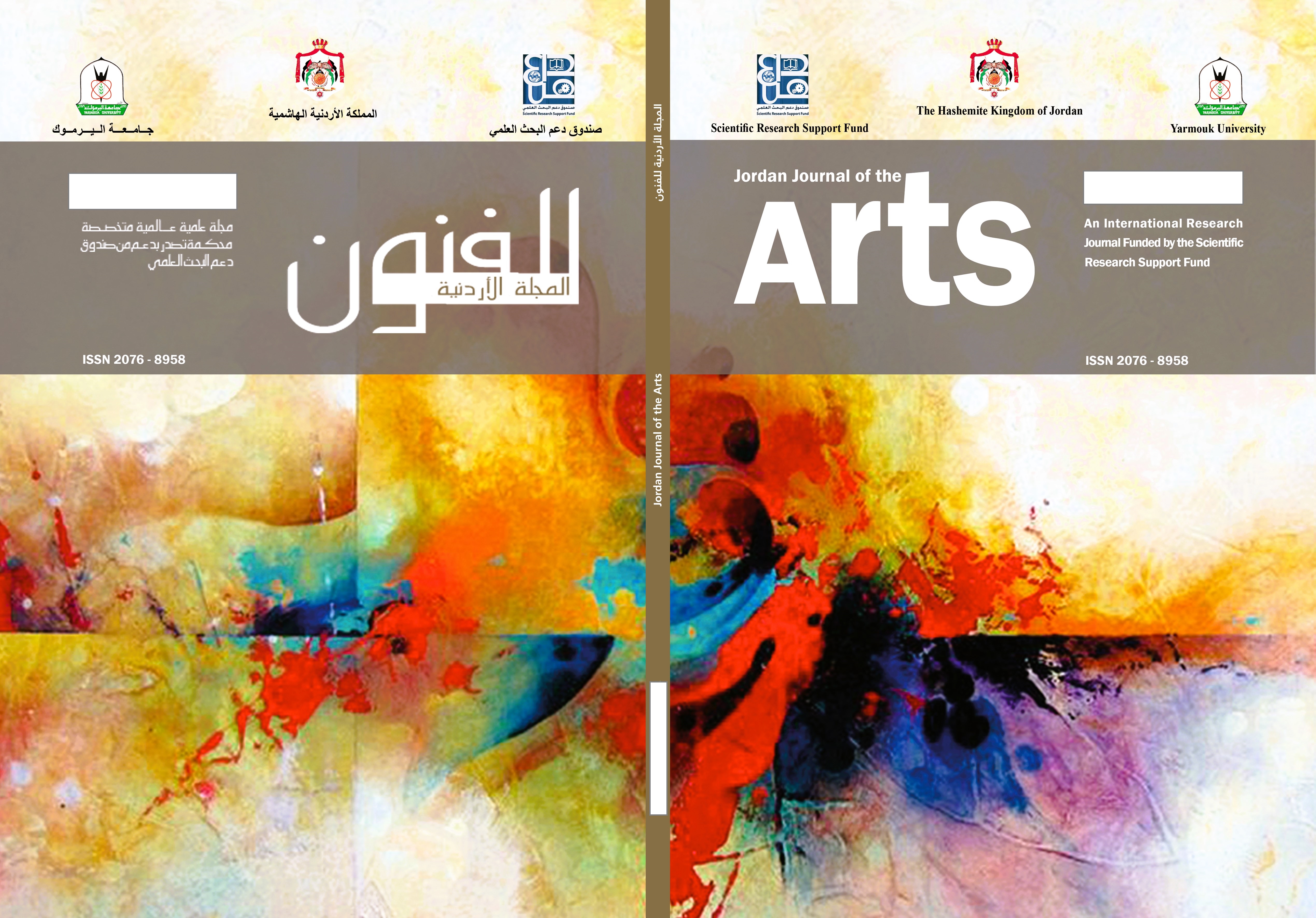The Role of Art Education in Promoting a Culture of Conservation and Restoration of Paintings among Sixth Grade Students in Jordan
Keywords:
Art education, painting conservation, artwork restoration, experiential learning, aesthetic awareness, visual heritageAbstract
This study aims to investigate the impact of art education on promoting a culture of conservation and restoration of paintings among sixth-grade students in Jordan.The study focuses on a field-based learning unit that included both theoretical and practical components. The unit was designed with a narrative and applied approach suited to the characteristics of this age group, encouraging both emotional and cognitive engagement with issues of conservation and restoration. The research used a qualitative interpretive methodology, analyzing students’ responses, classroom interactions, and visual examinations of pre-painted works using artistic tools and practical observation. The findings revealed that art education effectively shapes students' understanding of art as a cultural identity element, emphasizing social responsibility and behavioral change rather than solely aesthetic appreciation. Additionally, the study highlighted improvements in students' critical thinking and visual analysis skills, heightened emotional awareness of the importance of artwork, and the acquisition of basic technical restoration skills. The collaborative nature of the activities also fostered social skills, proactivity, and collaboration among students. Overall, the research emphasized that art education, grounded in real-world experiences, has the potential to cultivate cultural citizenship and appreciation of visual heritage. It recommended integrating concepts of conservation and restoration into art education curricula at the primary level.


